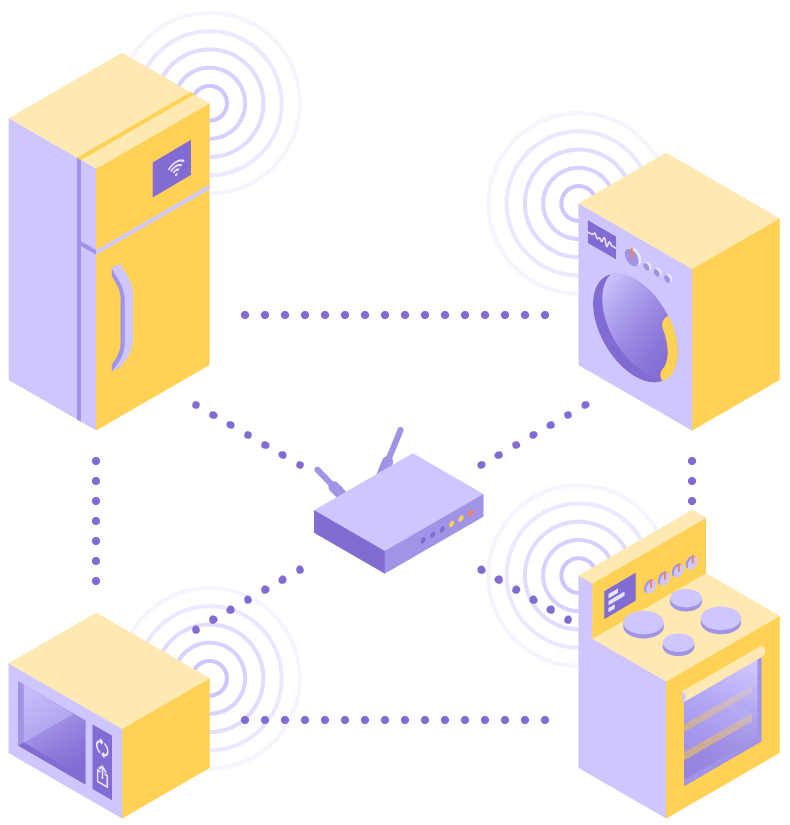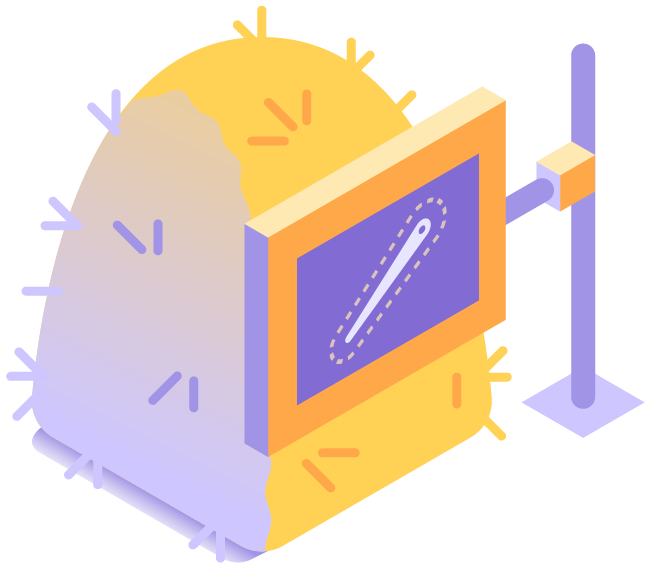Discover How APIs Enable Business Reinvention
Learning Objectives
After completing this unit, you’ll be able to:
- Explain why artificial intelligence, the Internet of Things, blockchain are important technologies in the Fourth Industrial Revolution.
- Explain why APIs enable the use of these and other disruptive technologies.
Get to Know the Important Technologies Transforming Business
Before we dive into the value of APIs, it’s important to understand why they are necessary. In the previous unit, you learned how consumer technology—like smartphones and tablets—has changed both the way we work and what customers, employees, and other stakeholders expect. Smartphones and tablets are just a few examples of devices that connect us and shape the way we live our lives.
Building on those previous revolutions, new and exciting technologies of the Fourth Industrial Revolution, all powered by APIs, present businesses with new opportunities. A few examples:

The Internet of Things (IoT). IoT is one of the fastest growing and broadly applicable technologies shaping society. It refers to the full range of largely unattended devices that have their own connection to the internet for application-specific purposes.
Common household appliances and devices like refrigerators and thermostats are already being connected to the internet to do things like automate temperature control or alert you when you need to restock or service your appliance. Portable kidney dialysis machines keep healthcare professionals updated on the status of their patients. Sensors on manufacturing shop floors, oil pipelines, and on aircraft engines help engineers anticipate problems before they happen. Waste management companies are turning trash bins and their trash haulers into connected devices to help with route optimization and cost savings.
According to World Economic Forum founder and Executive Chairman Klaus Schwab, the Fourth Industrial Revolution will be “characterized by a fusion of technologies that is blurring the lines between the physical, digital, and biological spheres.” The IoT lives at the center of that blur. The only limit to how the IoT can create a Fourth Industrial Revolution opportunity for your organization is your imagination.

Artificial intelligence (AI) and machine learning (ML). AI and ML are being used to process massive amounts of structured and unstructured data that could never be reasonably processed by humans. From this, businesses are uncovering trends, making accurate predictions, and adjusting where they invest their time and money all in real time. Customer service teams are able to have more conversations and resolve customer queries faster with bots and FAQ suggestions.
Now, tie these technologies to IoT and consider the potential of devices to generate zettabytes or even yottabytes of data. All this information needs is to be converted into positive outcomes. It’s the equivalent of using an x-ray machine to, within a few seconds, locate a needle in a giant haystack; something that would have taken humans years, if not decades, to sift through.
Blockchain. Blockchain is yet another technology that revolutionizes many aspects of business. The decentralized, transparent, and tamperproof nature of blockchain-based recordkeeping makes the technology suitable to a wide range of business applications well beyond digital currency.
According to Global Blockchain Business Council CEO Sandra Ro, blockchain is “poised to disrupt how we manage health records, fight voter fraud, and distribute welfare, to name just a few areas.”
These are just three of a growing list of disruptive technologies that are driving the Fourth Industrial Revolution. That list also includes virtual reality, quantum computing, biotechnology, and 3D computing. The list goes on.
And there’s one thing they all depend on to deliver their ultimate value—connectivity. As you learn in the next unit, connectivity is the cornerstone of the Fourth Industrial Revolution. And not your ordinary everyday Wi-Fi or Bluetooth connectivity, but a higher fidelity level of connectivity made possible by application programming interfaces (APIs).